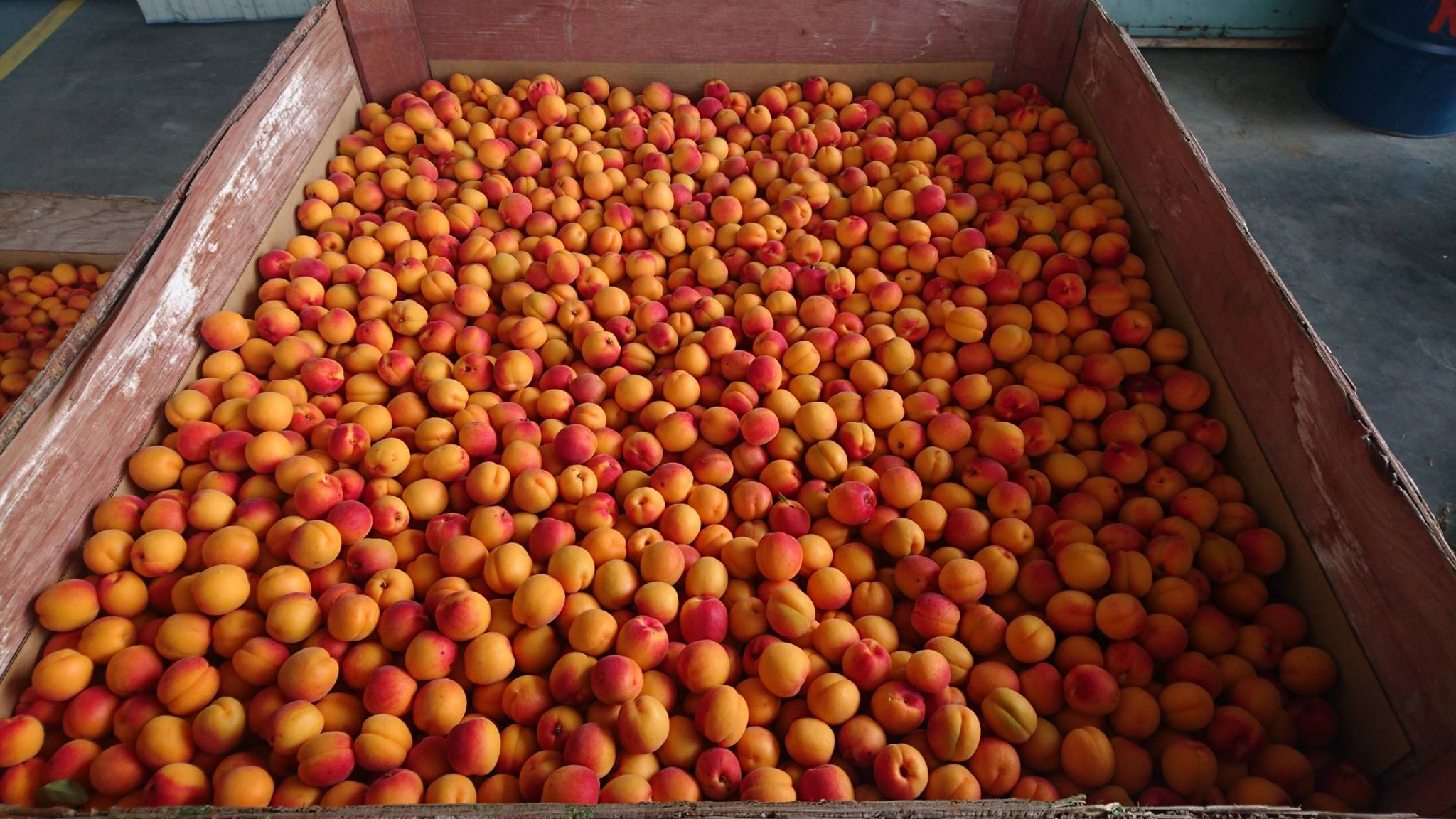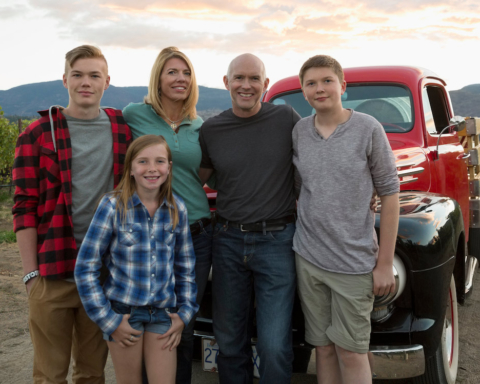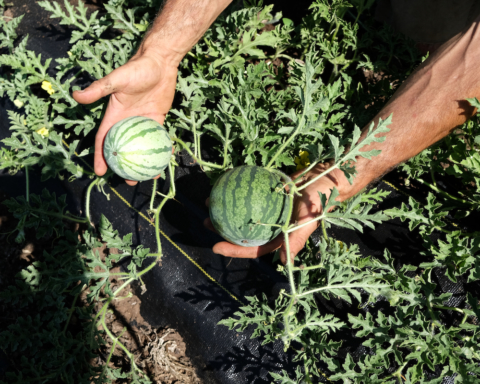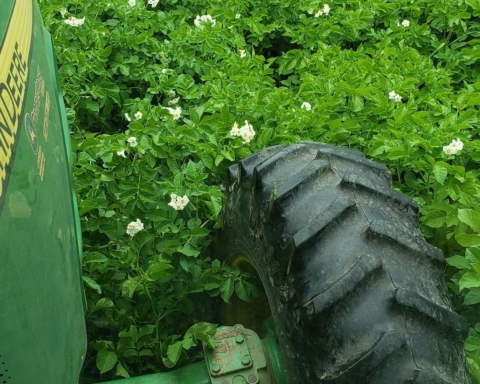What price do I charge? What can I grow to make money?… and other questions.
Randy Hooper
This piece is really dedicated to every fruit and vegetable grower in BC who is producing for their own sales at market, to retailers, or sales to wholesalers.
There is a premium to be paid for supporting BC producers, and most retailers expect to pay more because they want to support you, as do their shoppers. There is also a premium to charge for quality, which I will discuss later. Most farmers (fruit and vegetables—big and small) in the US charge what the market will bear. Prices change daily. Often a chance frost or chance rain can impact pricing substantially. Some volatile commodities, broccoli for example, can literally double in price in two days. If unsure, any grower in BC can set up with us to receive a copy of our twice weekly price list, which is a pretty good guide to what the actual market prices are at the wholesale level, in your region, because there is no reason any grower in BC should be selling produce cheaper to wholesalers like us, or direct to retailers, than we would have to pay in the States. Profit isn’t an ugly word—it’s what keeps farmers farming!
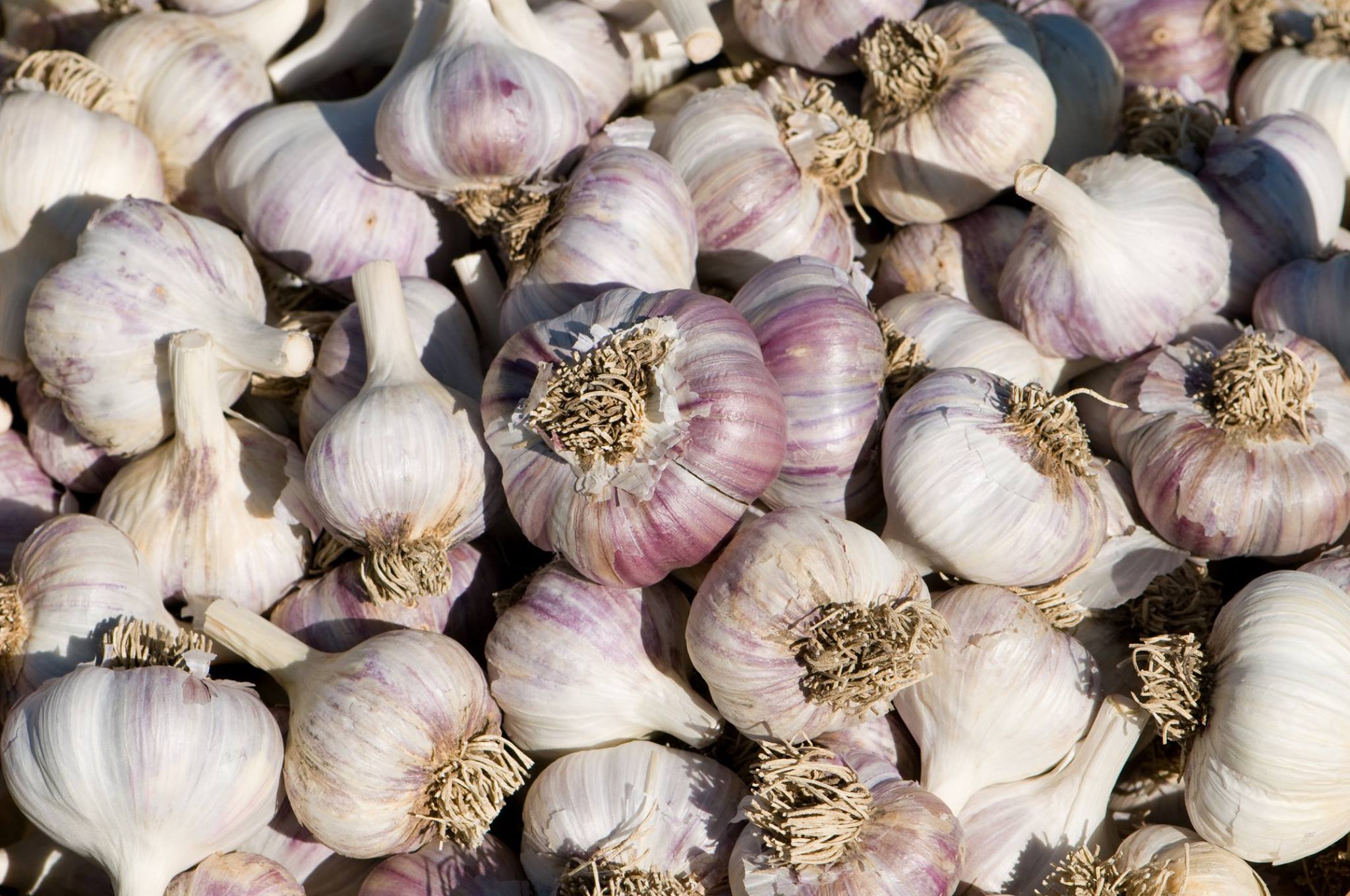
As I’m writing this in mid-May, California grown Napa Cabbage is selling for well over $100 a box. They had a brutal record cold and wet spring in California and there is limited supply. Yet a BC grower may send out a price list tomorrow with Napa on it for $40—because that’s what they charged last year. That wouldn’t happen south of the border, and shouldn’t here, and they are walking away from $60 on every box!
There is also a price range on every product—growers with the best quality can charge more, and pricing isn’t as important to retailers as other factors. Retailers are willing to pay more if they know they are going to sell every bunch of kale or head of lettuce in the box, especially when prices are high.
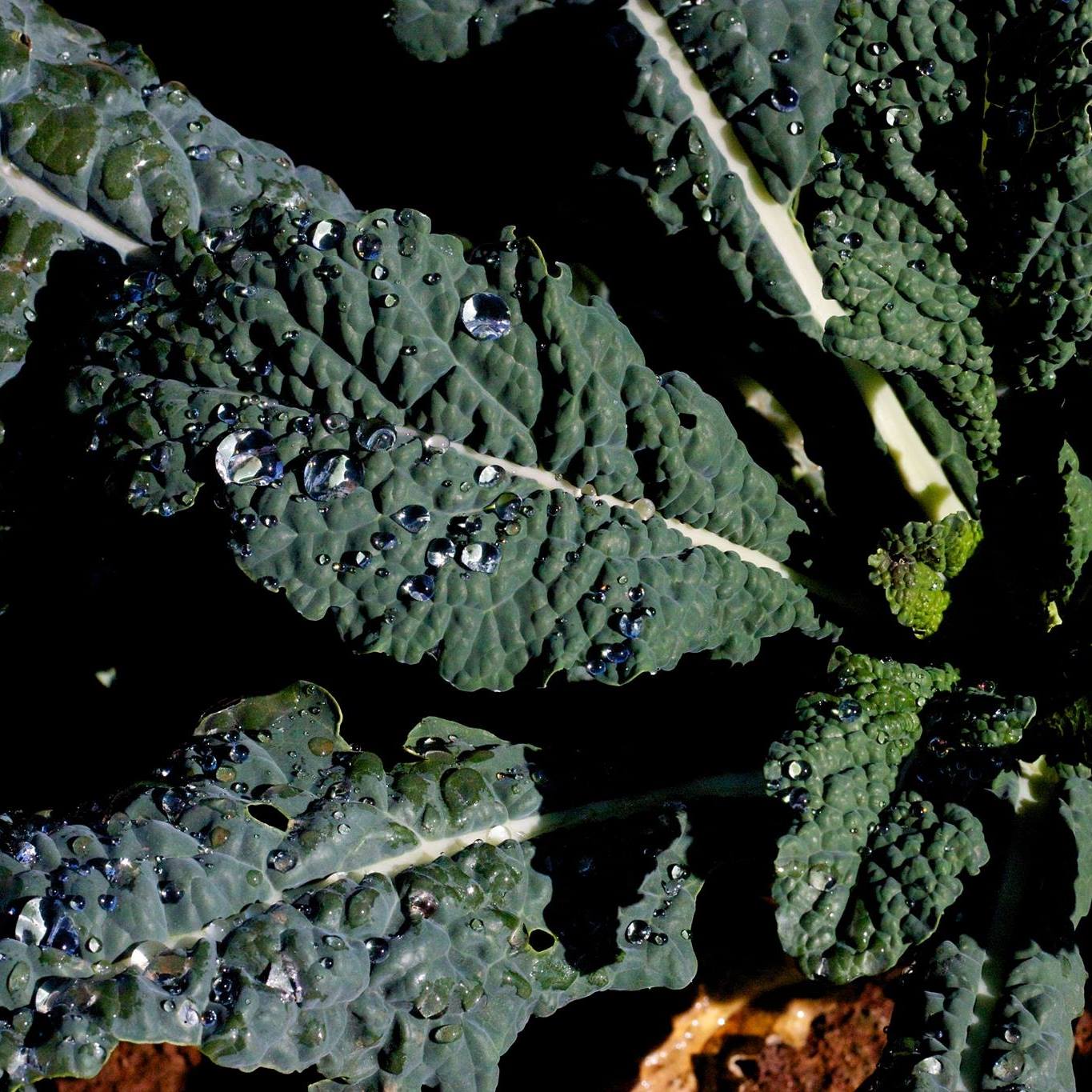
Do not take offense—what I am about to say may be heartbreaking for you, and it certainly is for us—considering our roots—but in the middle of August, when we have a choice of many BC growers to buy kale from, we also buy kale from one farm in Washington State, which is often 30% of our sales and the price is generally speaking 30% higher. Why? Because we have large customers in Western Canada who want that brand, and will pay that much extra simply because the bunches are big, have great labelling, and every bunch sells through—it’s all about quality and shelf-life. The same in the winter—we can buy kale from a plethora of California growers, but our customers hands-down want kale from one ranch deep in Mexico—again because of quality. (That grower removes all the older lower leaves a day before harvest. Every bunch is inspected before being hydro-cooled under a shade roof, in the field, before boxing. It’s off the field as quickly as possible. Pallets go through a pressure cooler and are then iced, and on their way to us 6 hours later. Every step of that process equals days and days of extra shelf life.)
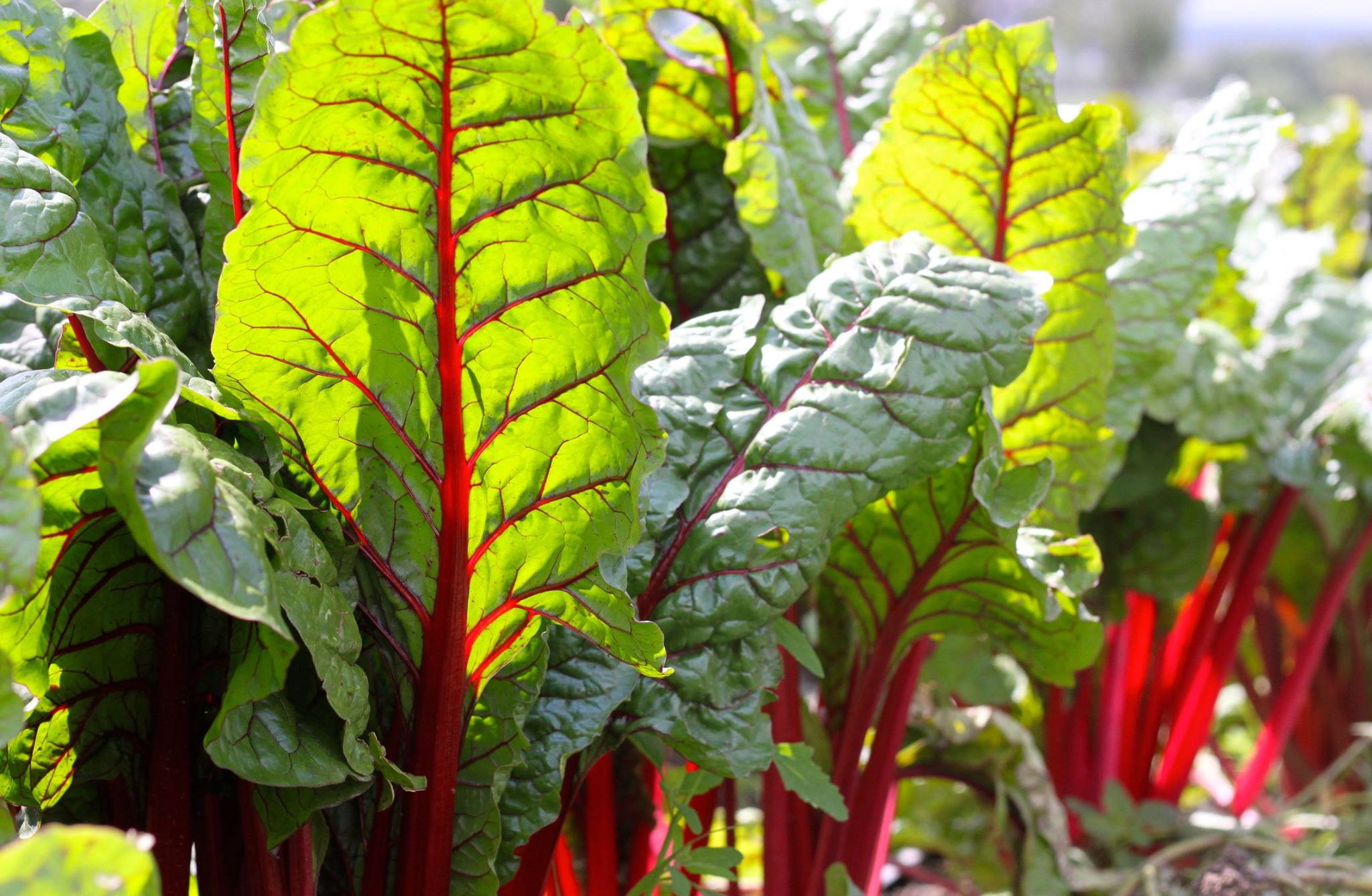
The other side of this equation is the need to charge properly. Climate change is wreaking havoc on growers around the world and increasing production costs and higher risks will continue to force markets up for fruit and vegetables. What we hate to see is growers trying to get more sales by underpricing. Grower A is listing lettuce for $30, Grower B needs to move more, drops price to $28, Grower C, worried as well about losing some sales traction, goes to $25, which has now changed our local market price by 15% in one week, and may be $10-15 cheaper than imported product. We, and the retailers we sell to, are not necessarily enticed with low pricing—they are enticed with quality, consistency, and grower recognition.
So, let’s look at that. Unlike everything else sold in the world, the produce department in a retail store does not sell brand. Consumers buy fruit and vegetables based on what they look like first, and will rarely balk at the price unless it’s just too stupidly high. Where brand does matter is when your box of pears or leeks is in the hands of the produce people in the store. They are the folks who see what product is coming out of which box, and if they are impressed by the visual, and more importantly, the shelf-life, then they will purposely ask for that brand week after week. So if you are proud of your fruit or vegetables, then go all out—use a great box with a colourful label and give them something to remember (and re-order).
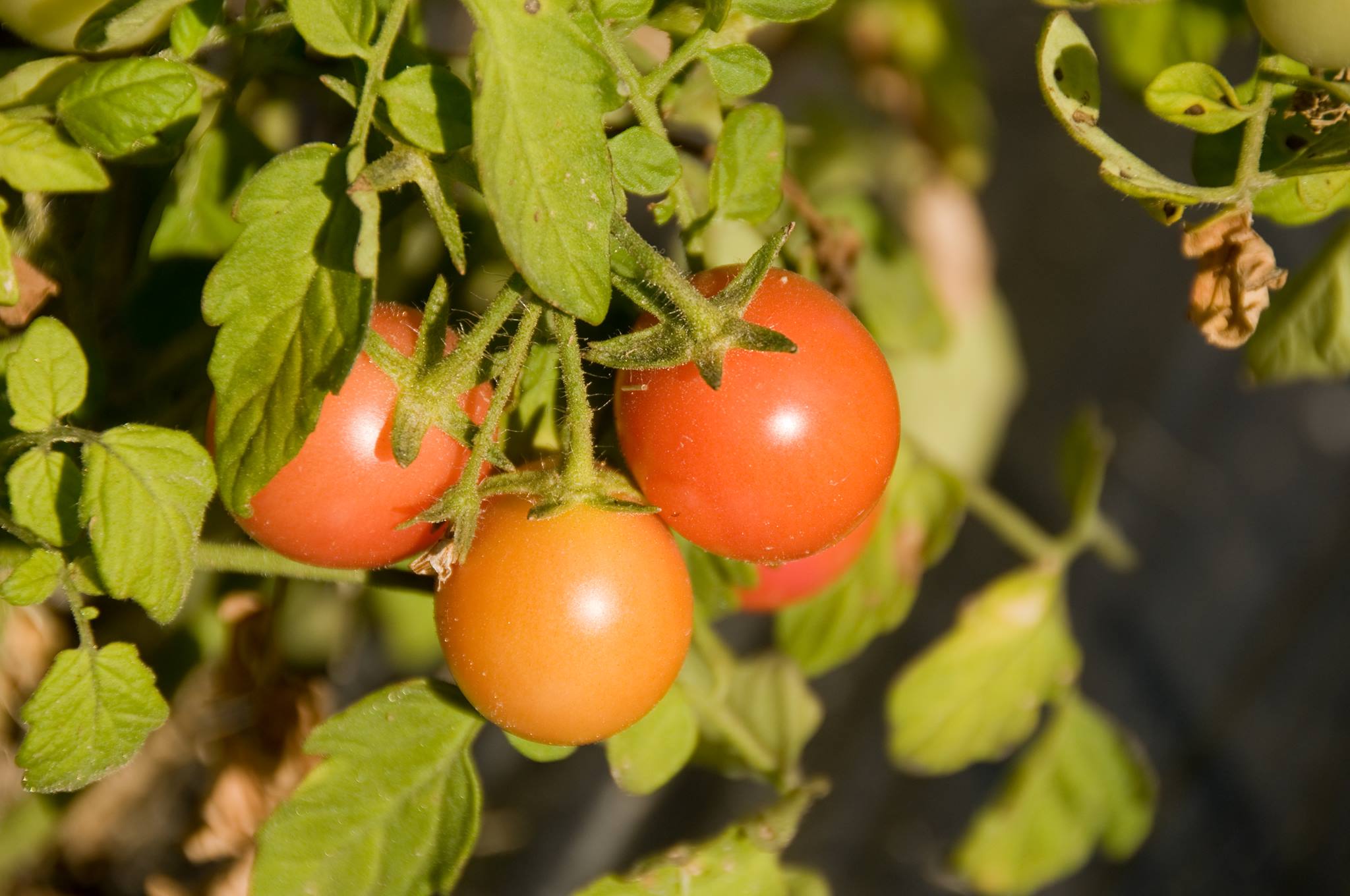
The market for organics is large and growing, yet consumers walk into a major supermarket chain or big box store, here in BC, and will see scant local vegetables. Buyers for corporate chains will not bend on industry specs. They want zucchini that’s packed to Medium. Fancy or X Fancy sizing in an industry standard 22# box, and with a PLU sticker on each one. And while many of you may be dismissing this idea, BC growers have immense growth opportunities to expand into bigger markets, corporate supermarkets, big box stores and export to the US, especially with the Canadian dollar relegated to the basement. This goes back to what I said earlier about quality. Growers who can not only grow well, but pack in the right conditions, cool to the right temperature, label with PLU or UPC stickers, use the right standardized size and dimension of box, and meet standard industry specs, will see better sales and, I dare say, better prices.
Most growers are pretty good at communicating to us what they have available to harvest and sell. Fewer are good at telling us when they are going to hit their harvest sweet spot, or if they are expecting a huge flush of peppers or early peaches. Waiting until the product is piling up in a cooler is not a good time to beg for mercy and drop pricing. Larger retailers plan ads, specials, exclusives etc. at least 10 days out. If you are worried you’re going to have an upcoming bumper crop, then we need to know that early enough that we can try to place it. Moving extra volume with pre-committed ads or specials is a far better choice than simply discounting to see if you can eke out extra sales—all that manifests, again, is to lower the local market price, and once others growing the same crop feel the need to match your low price, you have now involuntarily vacuumed out a lot of profit for you and your fellow farmers.

There have been major strides in the past 10 years on extending shelf life of fruit and vegetables, mostly around MAP (Modified Atmosphere Packaging.) Special plastics that allow dormant fruit and vegetables to actually control their own environment may seem like magic, and I don’t understand the science, but those bags allow fruit and vegetables do what apple growers do in the Interior with CA rooms: control the atmosphere. We specifically ask for some products we import to be packed in MAP bags, again, all in the name of quality and extended shelf life for margin-weary retailers who hate throwing produce out. A few years ago, I was talking about this subject at a COABC conference in Vernon, and placed a bunch of chard on each table in the room. I had personally harvested that chard nearly 7 weeks earlier at a farm we were operating in Sonora, Mexico. The post-harvest handling was top notch, and packed in MAP bags it was ready to stay healthy, hearty and dormant for a long time.
BC growers already pack and ship cherries in PeakFresh bags. BC blueberry growers can now ship blueberries by sea to the Orient in FreshXtend bags, giving them up to a month of shelf life. Spending the extra 30c. per case for the bag doesn’t just guarantee you a higher rate of good arrivals at the wholesale dock, retailers also see that you care enough about your brand and reputation to spend a bit of money to keep your particular produce in great shape.
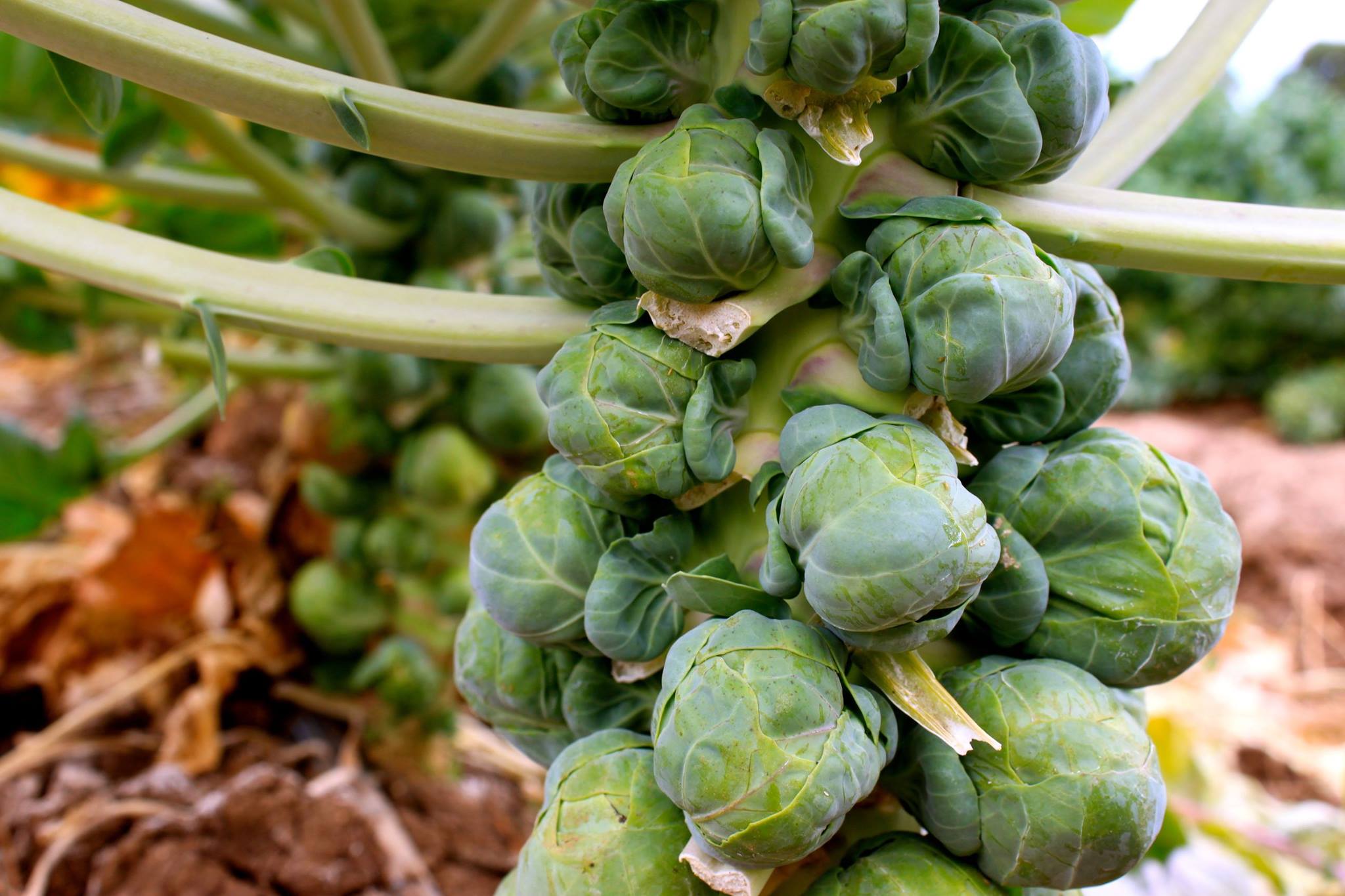
We are often asked that timeless question of what to grow? My response is always that you should be planning around what retailers are willing to buy, and not what looks cool in seed catalogues. Retailer stores don’t have unlimited space, as you may have noticed, and are not going to take yams off the shelf to make room for those stunning Japanese Green Eggplant you decided might be a new “thing.” The smaller the store, the smaller the selection, and what they need is a locally grown version of what they already sell. Instead of being the next BC grower to be competing in the grape tomato or lettuce markets, there is a wide range of product that is consistently under-supplied in BC. Peas and beans aren’t that hard to grow—as one of the worst farmers out there I’ve met, I’ve still pulled both of those off, yet both are significantly under-supplied. Broccoli? Sprouting Broccolini? Cauliflower? All doable and rarely available! The advent of MAP bags has made icing irrelevant for local or even export brassica sales!
Please talk to our buyers—they are the ones buying in California for crops we could and should be growing in BC, at good pricing and with lots of available market…and have a great 2019 season!
Randy Hooper and partner Annie Moss own and operate Discovery Organics in Vancouver. They and their management team have devoted the last 20 + years developing the strength of the BC Organic fruit and vegetable market sector.
Feature image: Organic Okanagan peaches. Credit: Discovery Organics.


